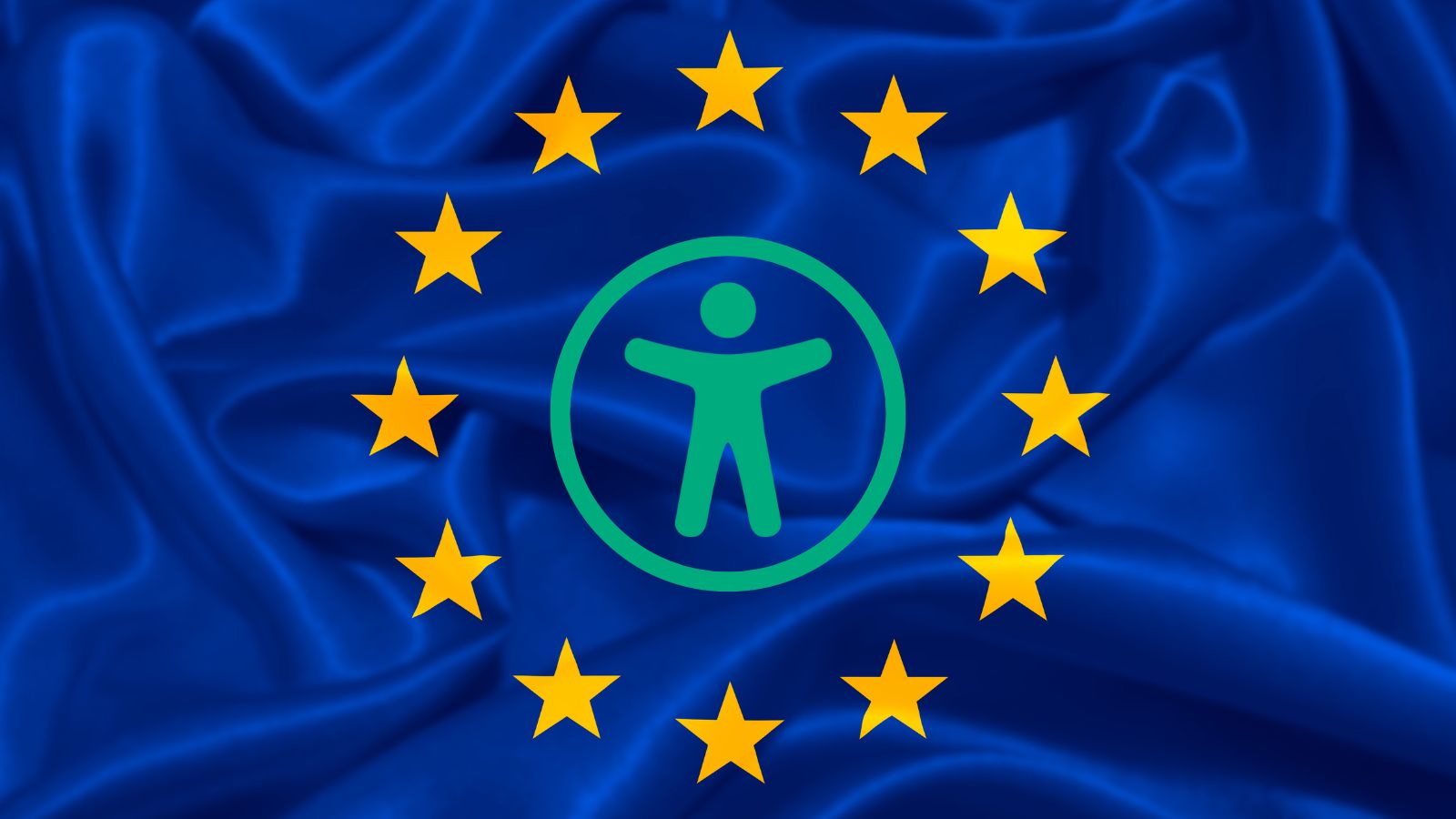We’ve been talking about using AI Neural Machine Translation (NMT) more in the Life Sciences sector for a long time now, and for good reason.
Advances in AI Neural MT have turned it into a reliable tool over time, capable of handling the complex and sensitive nature of medical and scientific content. It’s not just a cost-saving measure anymore; today, it’s one of the best ways to produce high-quality translations at the rapid pace of business.
Because this subject is always evolving, let’s look closer at the current capabilities of AI Neural MT in Life Sciences, address a few common concerns, and provide practical advice on introducing it to your organization.
Machine Translation: Past, Present, and Future
Machine translation (MT) has come a long way since its inception. Early AI Neural MT systems relied heavily on rule-based approaches, which often produced stilted and inaccurate translations. The advent of statistical machine translation (SMT) marked a significant improvement, allowing for more fluent translations by leveraging large datasets. However, SMT had its limitations, particularly with complex and nuanced content.
Enter AI Neural MT, which utilizes deep learning algorithms to understand context and generate translations with superior accuracy and fluency. AI Neural MT’s ability to handle complex medical and scientific terminology, as well as its capacity to adapt and learn from domain-specific data, makes it an invaluable tool for Life Sciences companies looking to streamline their translation processes.
The Benefits of AI Neural MT for Life Sciences
AI Neural MT offers substantial advantages for the Life Sciences sector because it streamlines the translation process, allowing for faster and more cost-effective handling of large volumes of complex medical and scientific content. Here are some ways AI Neural MT can help improve your localization operations.
Cost and Time Efficiency
AI Neural MT reduces translation costs and accelerates turnaround times. Argos Multilingual has the option to integrate AI Neural MT into our workflows, which enables us to translate large volumes of content efficiently and meet the demand from compliance bodies for precise, multilingual documentation, instructions, and other supporting materials.
Improved Precision and Accuracy
Machine translation quality, particularly with AI Neural MT, has improved significantly over time. If you’ve hesitated to use AI Neural MT for Life Sciences due to these concerns, it might be time to reassess its capabilities.
In general, AI Neural MT systems now provide more accurate and contextually appropriate translations. However, to ensure the highest standards, human post-editing—where human linguists review and refine the machine-translated content—remains essential. Combining trained AI Neural MT engines with post-editing by medical linguistic specialists delivers translations that facilitate quicker market entry and support better patient outcomes and global health initiatives.
Improvements Beyond Efficiency
Beyond saving time and reducing costs, AI Neural MT offers unparalleled scalability, enabling Life Sciences companies to handle large translation volumes. This adaptability accommodates various project sizes and timelines, ensuring precise and consistent terminology, which is essential for compliance.
AI Neural MT supports effective multilingual communication among research teams and government bodies that are often spread out geographically and need to coordinate efficiently. Additionally, AI Neural MT accelerates the translation of real-time data from clinical trials, which allows for quicker decision-making and more responsiveness to ongoing research.
Practical Applications of AI Neural MT in Life Sciences
Life Sciences companies use AI Neural MT in many different ways. It is used to translate clinical trial documents, such as patient consent forms and protocols, ensuring quick and accurate communication with international participants.
AI Neural MT is also used for the translation of regulatory submissions and documentation, helping companies comply with global monitoring requirements efficiently. Additionally, it assists in localizing medical device manuals and pharmaceutical product information, ensuring that these critical documents are accurately translated for different markets.
Addressing Common Concerns and Misconceptions Around AI Neural MT
Using AI Neural MT in the Life Sciences sector raises valid concerns about data security and quality assurance. Ensuring the confidentiality of sensitive information is crucial, requiring robust encryption and secure data handling protocols to comply with stringent regulations.
There’s also a misconception that AI and Large Language Models (LLMs) eliminate the need for human translators. In reality, collaboration between LLMs and human linguists is still essential to review translations, verify accuracy, and ensure contextual relevance.
Practical Steps for Implementing AI Neural MT
Implementing AI Neural MT in the Life Sciences sector requires careful planning and a strategic approach. Here are a few practical steps to ensure successful integration:
Start Small
Begin with pilot projects, focusing on internal communications or less critical content types. Starting with small-scale implementations helps build confidence and experience with AI Neural MT. These initial projects allow for assessing the system’s performance, identifying potential issues, and making necessary adjustments without the risk associated with high-stakes content.
Customizing AI Neural MT Solutions
To achieve the best results, it’s important to train AI Neural MT engines with domain-specific data, such as translation memory (TM) and utilize style guides and glossaries to support AI Neural MT output. Tailoring the AI Neural MT engine to the specific terminology and style of the Life Sciences field ensures more accurate and reliable translations.
Regularly reviewing and cleaning your TM to remove inconsistent translations, misalignments, and obsolete terminology can optimize your machine translation engine. In the past, cleaning a TM was a time-consuming, manual process, but with Argos’ AI TM Cleanup Service, cleaning your TM is now quick and cost-effective.
Maintaining Quality Over Time
Ensuring the reliability of AI Neural MT requires ongoing effort and continuous adaptation. Regularly updating the AI Neural MT engine with industry-specific terminology and style guides keeps the system accurate and effective as your business and the market evolves. Performance reviews and feedback from human linguists help refine the engines and address recurring issues.
Embracing AI Neural MT for a Future-Ready Life Sciences Sector
The presence of AI Neural MT in Life Sciences is no longer a question of if but when. While the industry has been cautious about adopting AI Neural MT due to valid concerns around quality and data security, its ability to translate large volumes of complex content offers substantial gains.
Successful adoption requires a strategic approach tailored to the unique needs and stringent requirements of this highly regulated sector. Embracing AI Neural MT positions organizations to enhance efficiency, reduce costs, and improve global operations, as well as better preparing them for future advancements in generative AI.
We understand the critical importance of precision, consistency, and confidentiality in the Life Sciences sector. We encourage you to explore integrating AI Neural MT into your workflows to capitalize on its benefits while ensuring compliance with regulatory standards and maintaining the highest standards of accuracy.
Contact us to learn more about AI Neural MT.Embracing AI Neural Machine Translation in Life Sciences: A Guide for Modern Language Services
 Argos Multilingual
7 min. read
Argos Multilingual
7 min. read
Digital accessibility enables everyone, including people with disabilities, to use digital content and services. This involves designing and developing digital platforms that are functional and easily available to people with various disabilities, such as visual, auditory, physical, speech, cognitive, and neurological impairments. Emphasizing usability promotes inclusivity and improves the overall user experience. The European Union […]

 Argos Multilingual
7 min. read
Argos Multilingual
7 min. read
Patient information leaflets (PILs) are found in medication packages and provide information about the medication and its use. Adapting these materials to a patient’s language and culture ensures they understand healthcare instructions better, leading to improved adherence to treatment plans, fewer dosing and prescription errors, and enhanced patient safety. Pharmaceutical companies can significantly improve the […]







